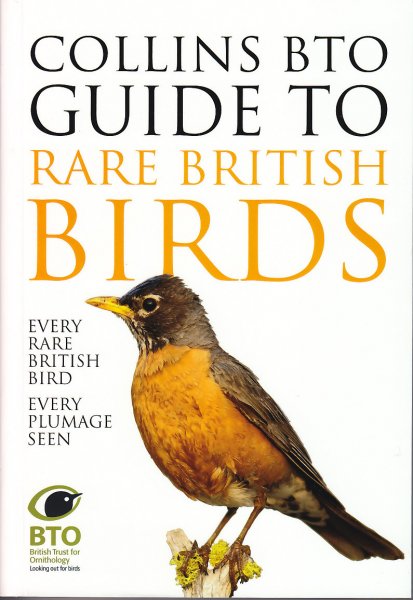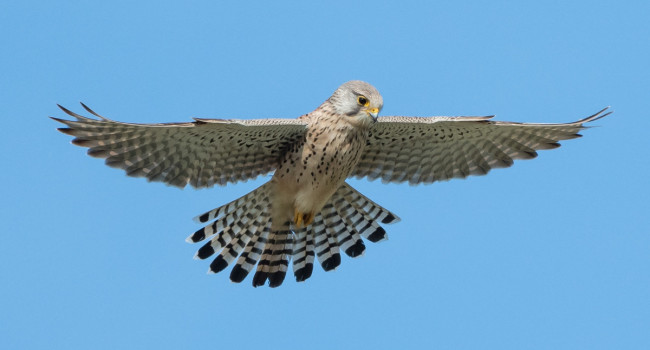
Publisher: William Collins, London
Publication Year: 2015
Binding: 1
Page Count: 304
ISBN Number: 978-0-00-755156-9
Price: £24.99
Collins BTO Guide to Rare British Birds
This compact and well-designed book is the companion to the Collins BTO Guide to British Birds which covered the commoner species occurring in the British Isles. This volume which claims to cover “every rare British bird” and “every plumage seen” follows the same format, with large clear photographs and admirably succinct text. Anyone who’s tried to condense complex identification features, status and behaviour will realise what an impressive job the authors have performed. The collection of excellent photographs of rare birds is probably the most accessible between two covers to any modern British birder. The vast majority of photographs are instructive and carefully chosen and identification features are well-signposted. If a few of them are less successful, for example the Eastern and Western Subalpine Warblers, then maybe we should blame the taxonomists rather than the authors. While every likely plumage is included, there’s also a limit to the number of photos of each bird and dedicated rarity-hunters might expect a little more on confusion species such as immature Black-eared and Pied Wheatears.
Given that to cover the British avifauna completely, you need to buy this and its companion volume at an outlay of over £45, comparison with The Collins Bird Guide (Svensson, Mullarney and Zetterstrom 2nd ed 2009) is inevitable. The latter has illustrations only, but has the advantage that you can make direct comparisons with commoner “confusion species” without flicking between two volumes. Some people prefer illustrations for pinpointing key identification features and also depicting the bird in a typical habitat. In the guide under review, I found myself craving more context, in the shots of rare warblers for example: we rarely see these birds in isolation, and the “cut-out” birds often presented here, felt lost without foliage or suitable habitat shots.
On the plus side, there are more rare British birds in Sterry and Stancliffe including newly-recognised species such as Hudsonian Whimbrel and Northern Harrier (which was printed too early to acknowledge its recent elevation to species). Other welcome additions, not illustrated in The Collins Bird Guide include Pacific Swift, Rufous-tailed and Siberian Robins and rare races such as American Black Tern. Changes in taxonomy and nomenclature are fully updated.
Is “every rare British bird” included as the cover claims? Only if you consider an honourable mention as a postscript to the bulk of the book. There are some species in this final “rarest of the rare” list such as the Chestnut-eared Bunting which may well be overlooked as vagrants to the British Isles and which arguably deserved a photograph.
All in all, this is an important addition to any birder’s library where its crisp design, expert summary of information and photographic expertise will prove invaluable for many years to come.
Book reviewed by Brett Westwood
Buy this book




Share this page